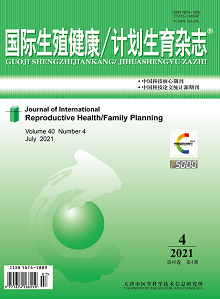Objective: To investigate whether superoxide dismutase (SOD) played a role in Schisandrin B (Sch B) attenuating the cell damage induced by PM2.5 in the human trophoblast HTR-8/SVneo(HTR) cells. Methods: With the in vitro cultured model of HTR cells, the expression of SOD gene was down-regulated by siRNA technology, and cells were treatment with PM2.5 at the doses from 0 to 150 μg/mL. The cell proliferation was tested by MTS, the expression of SOD mRNA was tested by real-time PCR, and the expression of SOD protein was measured by ELISA. Results: After the expression of SOD was down-regulated by siRNA, the inhibition rate in the HTR cells induced by 150 μg/mL PM2.5 was incresed to 33.97%, while the protection rates in those HTR cells induced by 0.25, 0.5, 1 and 2 μmol/L Sch B were decresed from 2.74%, 7.91%, 10.31%, 14.07% to 1.39%, 4.98%, 7.75%, 9.55% respectively. Meanwhile, the expressions of SOD mRNA in the HTR cells treated with 0.25, 0.5, 1, 2 μmol/L Sch B were decreased 1.26, 1.47, 1.86, 2.25 times than that in the cells before SOD siRNA, and decresed 1.13, 1.25, 1.43, 1.77 times than that in the cells after SOD siRNA. Analogously, the expressions of SOD protein in the HTR cells treated with 0.25, 0.5, 1, 2 μmol/L Sch B were decreased 1.19, 1.36, 1.60, 1.94 times than that in the cells before SOD siRNA, and decresed 1.09, 1.16, 1.27, 1.41 times than the cells after SOD siRNA. Conclusions: The increased expression of SOD was a protective factor in the effect of Sch B attenuating the PM2.5-induced HTR cell damages.

